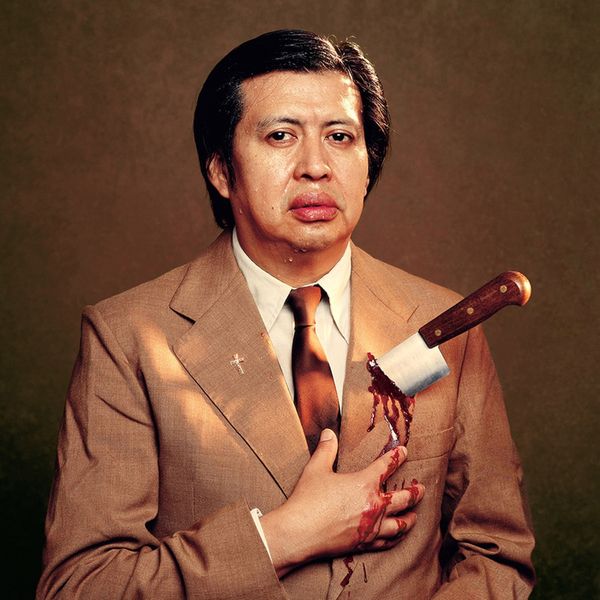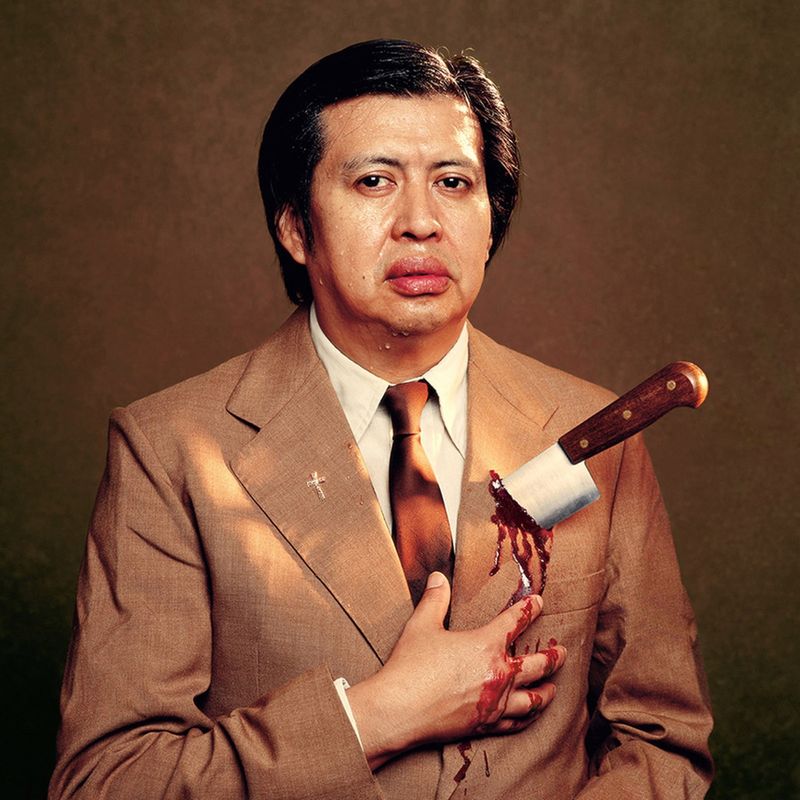Creole sub-realism by Marcos López
-
Published9 Feb 2015
-
Author
“My homeland hurts me. I do not believe in the ruling classes. I’m skeptical, but I always have a childish desire to make photos.” World renowned photographer Marcos López discusses his work Creole Sub Realism, the current state of Latin American photography, and his plans for the future.
“My homeland hurts me. I do not believe in the ruling classes. I’m skeptical, but I always have a childish desire to make photos.” World renowned photographer Marcos López discusses his work Creole Sub Realism, the current state of Latin American photography, and his plans for the future.
How did you get started in photography? Do you remember what was your quest?
At age 17 in Santa Fe (Argentina), I had just finished high school and began to study engineering, following a sort of family mandate, since my father is an engineer. At the same time, Argentina was in the midst of one of the more darker processes in its history – 1976: when the military dictatorship began. I was not very aware of what was happening. I begun a photography course, let’s say as a hobby, but from the first day, from the first time I went to a laboratory to reveal my photos, I could never again leave it. Until this day, I live permanently haunted by the images.
You have become a major reference for Argentine photography. What is your view of contemporary photography in Argentina?
It is not very suitable for me to talk about contemporary photography. I live thinking and connected to my own work. Lately, I hardly go to photography festivals or exhibitions. I do not need to see more images than the ones I have in my own world, my own obsessions. Besides, I began to paint, film, and produce installations and sculptures. I like Cecilia Reynoso and Catalina Bartolome’s photographs. For example, I have three or four books in my head that I want to do with my photos. If I go to the photobook fair, where there are hundreds of books, instead of feeling pleasure, it distresses me.
And, if you were to analyze it in relation to the current state of Latin American photography?
I do not really like to talk about photography. In my classes – I give workshops, working issues as creativity breakouts, staging, voice release, body work – I am trying to investigate situations to improve the creative processes.
Sub-Realismo Criollo (Creole Sub-Realism) portrays, not reality itself, but a set of sensations linked to the Argentine universe. What intrigues you, and led you to explore “being Argentine”? How would you describe this universe in words?
Homeland as an emotional territory. The country as a shopping center made of painted cardboard that staggers lashed by the Patagonian winds. My homeland hurts me. I do not believe in the ruling classes. I’m skeptical, but I always have a childish desire to make photos. Now I would like to take a plane and go to San Luis to photograph the scenographic cabildo they have made.
Each of your photographs is a complete story itself. Can you describe your creative process and the creation of each of them?
I have 20 ideas at a time. I turn my nearest working teams mad. I paint, I film disjointed scenes , I turn aroud – I have no method at all.
Not so long ago, after years of working almost exclusively with photography, you started to venture into film. What comes next? Where would you like to go now?
I would like to do yoga, meditate, and make a movie called EXCESS. Mix everything in that movie and then, retire.
--
Marcos López was born in Santa Fe, Argentina in 1958. In 1978 he begins his studies in photography and received a scholarship for further studies by the Fondo Nacional de las Artes, Buenos Aires. In 1987 he is features the first promotion of foreign scholarships from the International School of Film and Television of San Antonio de los Baños, Cuba. In 1993 he publishes his first book “Retratos”. His photographs are exhibited in the Museo Nacional de Arte Reina Sofia and the Museo de Arte Contemporáneo de Castilla y León in Spain, the Daros-Latinamerica Foundation in Switzerland, and Quai Branly, among other public and private collections. López has become one of the major references of Argentine and Latin American photography.

